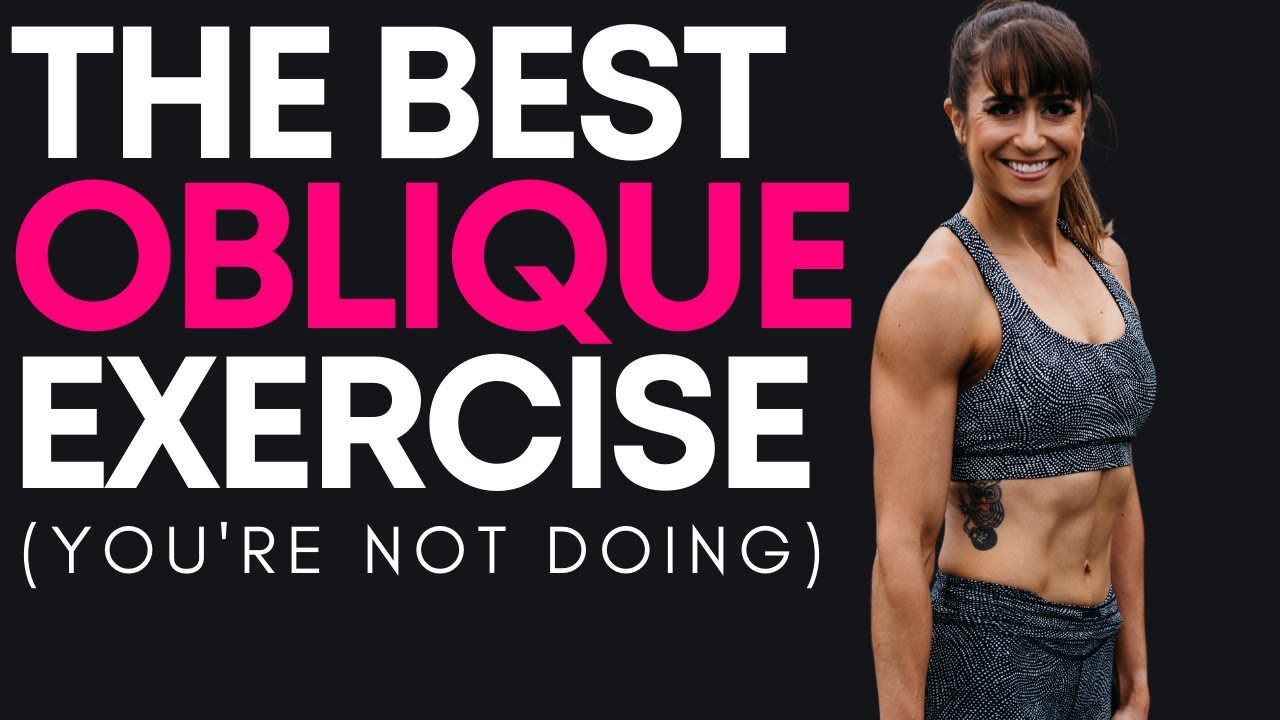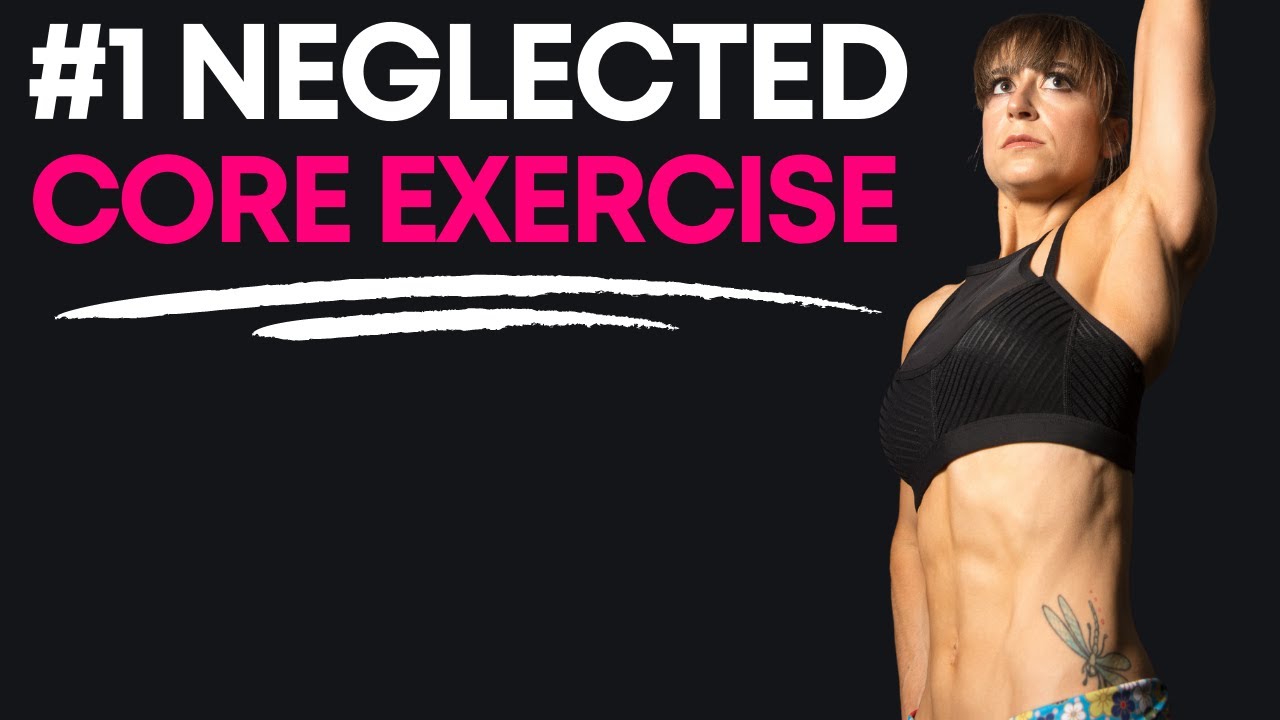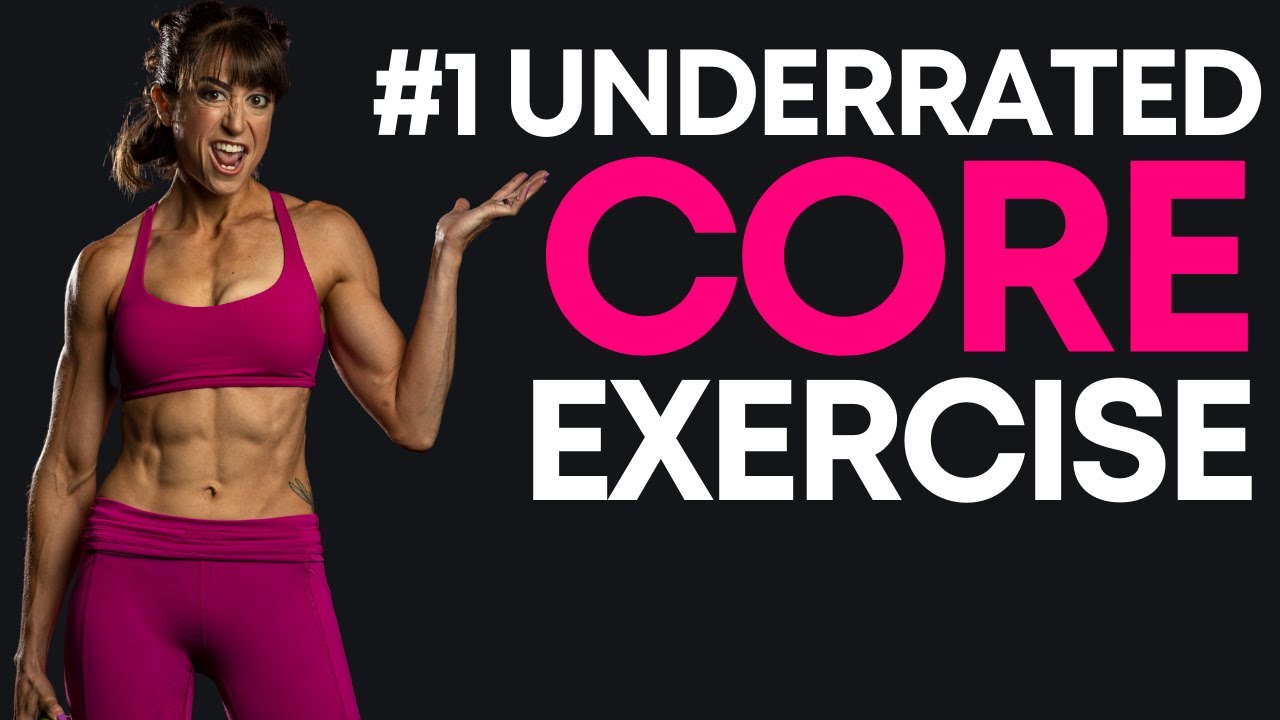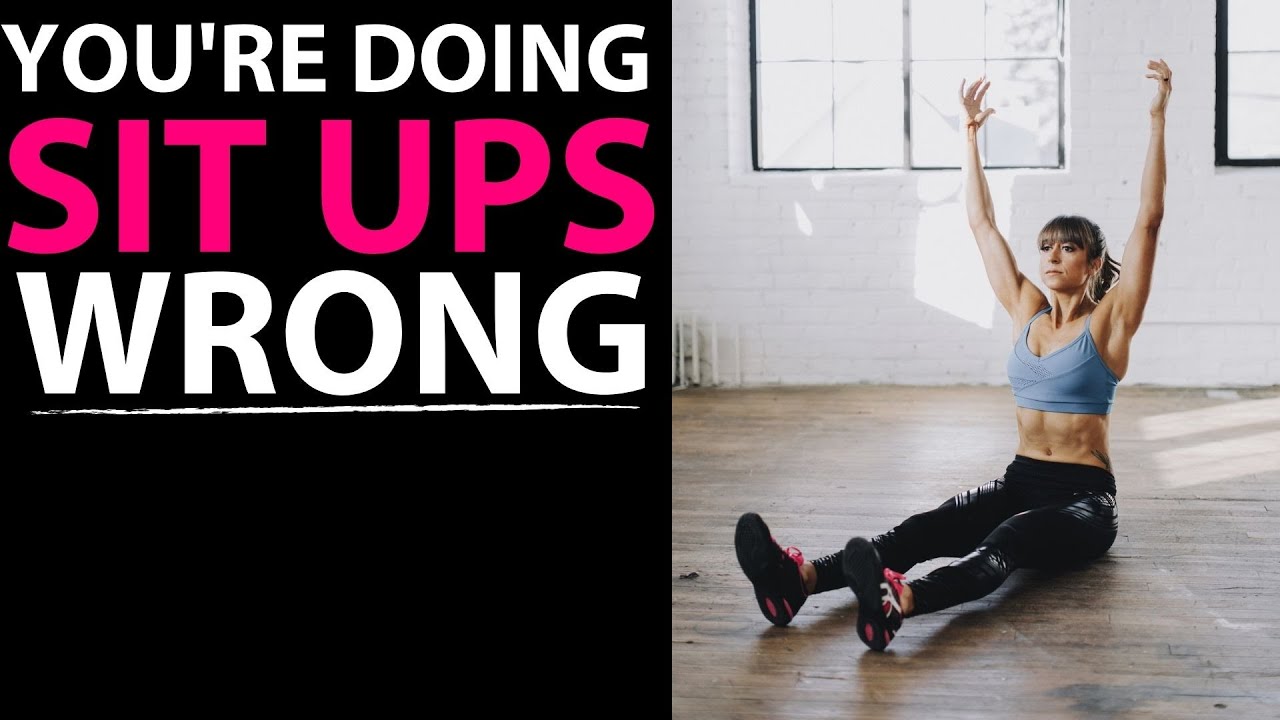
The Best Oblique Exercise (You’re Not Doing)
A few of the most common moves I see done for oblique work are the Pallof Press, side planks and teapots (love them or hate them…which is a topic for another day).
But my favorite is actually a unilateral balance challenge and bodyweight exercise.
This move requires no equipment and is deceptively hard.
But if you regress to progress, and take the time to master it, it will take not only your core strength, but also your scapular, shoulder, hip, knee and ankle stability to the next level.
It’s seriously one of the most amazing compound oblique exercises out there and one of the most awkward feeling as you get your balance – The Single Arm Rotational Plank with Knee Drive.
This rotational core exercise is an amazing way to really target your obliques and abs while also working your adductors, quads, Serratus Anterior, shoulders, back…and so much more.
However it is more challenging a unilateral move than we give it credit for.
If you can’t control the advanced variation and perform it slowly, please make sure to use the modifications I mention. You don’t get better results by rushing a movement or by doing a harder variation you haven’t earned.
The best results happen when we are intentional with our exercises so we can get more out of every movement. And you want to make sure you get all of the benefits you can from this move!
So…What are the benefits of this amazing move?
With this unilateral move, if you take the time to learn to control it, you will…
- Improve your hip and knee stability, especially strengthening those adductors and quads.
- Work your obliques and abs with both the rotational movement and the crunch. Your abs have to work hard to actually prevent unwanted extension of your spine as you even rotate to face the ground.
- Improve your shoulder and scapular stability strengthening both the muscles of your shoulder but also of your upper back as well as your Serratus Anterior. You’ll feel that muscle really having to work as the shoulder blade protracts during your torso rotation toward the ground.
- Correct imbalances because of the unilateral focus so you can make sure both sides are strong and working efficiently.
You’ll also find this movement really helps you improve your mind-body connection to recruit many different muscles at once to stabilize everything. I know it can be a frustrating coordination and balance challenge to start, but that is so key for actually improving our strength gains ultimately.
The more efficient and able we are to recruit the correct muscles to stabilize, the stronger ultimately we will be so we can run faster and lift more.
And bonus, if you are a runner, this is for sure a must-do core move if you’ve ever had knee, hip or lower back aches and pains!
Now…how do you do the Single Arm Rotational Plank With Knee Drive?
To do the Single Arm Plank Rotation With Knee, set up in a side plank position from your hand with your bottom leg staggered on the ground behind your top leg. You won’t be on the inside of that front foot like a regular side plank but will actually want to place the sole of your foot on the ground.
Make sure your hand is under your shoulder as you set up and you’re engaging your back to support your shoulder so you aren’t shrugging or straining it. This is key to supporting you as you rotate.
Then lift that back leg as if kicking it back and up toward the wall behind you as you rotate your chest toward the ground to counterbalance yourself. You will reach that top hand out as if almost trying to create a line across your body from your heel to your finger tips.
You should almost feel like you’ve rotated into a front plank position as you lift and reach out.
Then pivot back into the side plank position and, as you do, tuck the knee of your extended leg and elbow of your extended arm together, slightly crunching. You’re performing a little cross body crunch as you twist. Make sure your hand is still under your shoulder so that you’re shoulder isn’t straining as you twist.
After slowly tucking the knee to the elbow and feeling yourself pivot around that shoulder, extend back out.
You will feel all the muscles around your rib cage as well as your obliques, abs, adductor and quads especially as you crunch together.
Move slowly so you can stabilize. Do not rush if you feel off balance.
How can you modify this move?
How can you adjust this move if you feel your shoulder straining or adductor or groin becoming overworked?
A first little tweak you can make to the move is touching your foot down behind you instead of lifting it up. This little touch to pause and balance in the movement may be all the modification you need to start.
If you struggle with hyper mobility, especially in your elbows, you may also choose to modify this off your forearm.
However, if you don’t feel in control of any aspect of this movement, your next modification should be off an incline. The higher the incline, the more you can reduce the resistance of the movement.
As you feel stable, you can slowly lower the incline to progress the move.
You may even find you combine the incline with the foot tap to start.
The key is making sure you’re able to properly stabilize that shoulder to really focus on those obliques working to rotate and help you stay balanced!






